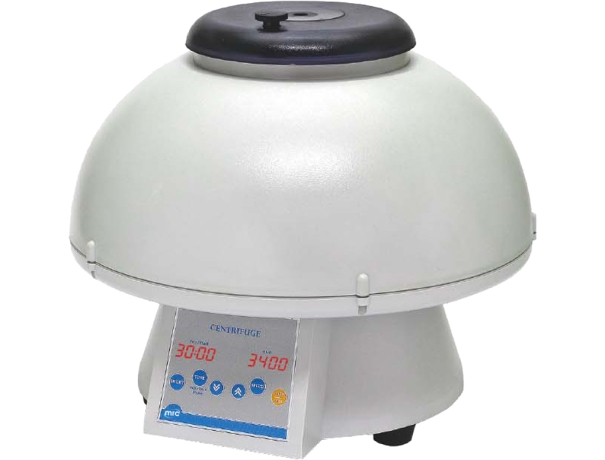Platelet-rich plasma (PRP) and platelet-rich fibrin (PRF) have gained significant popularity in the field of aesthetics for their potential to enhance skin rejuvenation and promote tissue regeneration. These autologous therapies harness the power of platelets and growth factors derived from the patient's own blood. To obtain high-quality PRP and PRF, centrifuges play a crucial role in the separation and concentration of platelets. In this article, we will explore the importance of PRP and PRF centrifuges, factors to consider when choosing the right centrifuge, popular brands on the market, and tips for efficient centrifugation.
What is PRF (Platelet-Rich Fibrin)?
Definition and process
PRF, or platelet-rich fibrin, is another autologous therapy that involves the collection and centrifugation of the patient's blood. Similar to PRP, the blood sample is processed in a centrifuge to separate the platelets and growth factors. However, PRF differs in the way it is prepared. Instead of obtaining a liquid solution like PRP, PRF results in a fibrin clot rich in platelets and leukocytes. This clot can be further processed and used in various aesthetic procedures.
Benefits and applications
PRF offers similar benefits to PRP but with some distinct advantages. The fibrin clot in PRF acts as a scaffold, supporting the release of growth factors and enhancing the healing process. It is particularly useful in procedures such as dental implantation, bone grafting, and soft tissue regeneration. PRF has gained popularity due to its ease of preparation and application, making it a versatile option in aesthetics and other medical fields.

The Role of Centrifuges in PRP and PRF Preparation
Importance of centrifugation
Centrifugation plays a crucial role in the preparation of high-quality PRP and PRF. It enables the separation of platelets and growth factors from other blood components, ensuring a concentrated and effective solution for treatment. By applying centrifugal force, the heavier components, such as red blood cells, settle at the bottom, while the plasma containing platelets remains on top.
Types of centrifuges used
There are various types of Laboratory centrifuges used in PRP and PRF preparation, including tabletop centrifuges and specialized aesthetic centrifuges. Tabletop centrifuges are commonly used in medical settings and offer versatility for different applications. Aesthetic centrifuges, on the other hand, are specifically designed for aesthetic procedures, providing optimal settings and features for PRP and PRF preparation.
Factors to Consider When Choosing a PRP/PRF Centrifuge
Choosing the right PRP/PRF centrifuge is essential to ensure efficient and effective preparation of these autologous therapies. Here are some factors to consider:
Speed and G-force requirements
The speed and G-force (relative centrifugal force) at which the centrifuge operates are crucial for separating the platelets effectively. Different procedures may require specific speed and G-force settings, so it's important to choose a centrifuge that offers adjustable parameters to meet your specific needs.
Capacity and volume considerations
Consider the capacity and volume requirements of your practice or clinic. Centrifuges come in various sizes and can accommodate different volumes of blood samples. Ensure that the centrifuge you choose can handle the anticipated workload and volume of PRP/PRF preparation.
Ease of use and programmability
Look for a centrifuge that is user-friendly and offers programmable settings. This allows for easy operation and consistency in preparing PRP and PRF. Programmable centrifuges can store customized protocols for specific procedures, saving time and ensuring consistent results.
Safety features and certifications
Safety should be a top priority when selecting a PRP/PRF centrifuge. Look for safety features such as lid-locking mechanisms, imbalance detection, and automatic shut-off to prevent accidents. Additionally, ensure that the centrifuge has the necessary certifications and meets industry standards for quality and safety.
